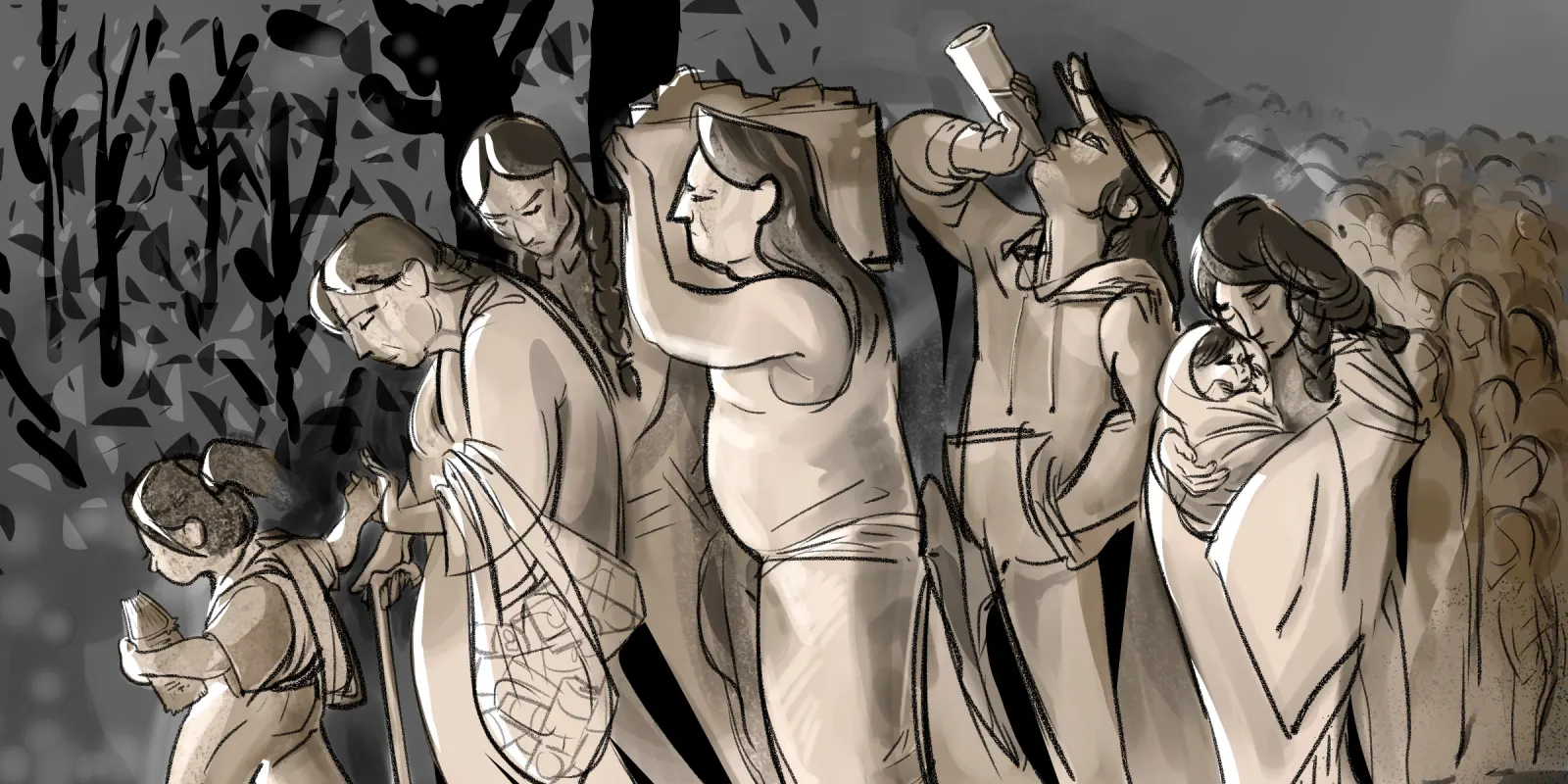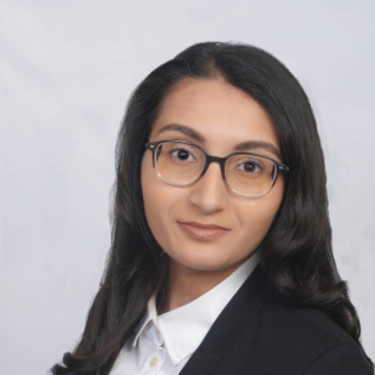It has been four years since I last lived in Boston, and in some ways the city remains in a state of constancy. Young college students still jaywalk, apathetic to cars barreling down the road; The Red Line is still under construction; Massachusetts still runs on Dunkin'.
And yet, some things have changed. I am no longer one of the young college students running down the streets. Rather, I am now the driver, fearing for my and others’ safety while nervously navigating narrow roads and taking an hour just to travel seven miles. Instead of a full-time pre-med student with an occasional work-study job, I am now a full-time psychiatry resident attempting to carve out time and energy to study.
And since October 6, 2021, Boston recognizes Indigenous Peoples’ Day.
It was a long-time coming. This is in no small part due to the work of the Indigenous communities and organizations in the surrounding area, including United American Indians of New England (UAINE), North American Indian Center of Boston (NAICOB), and members of the Masachusett Tribe.
I began working as an intern with NAICOB and Native American Lifelines (NAL) around 2018 in order to understand the factors needed to improve health and wellness among Urban Native elders in the area. As a graduate student working on my master’s in Medical Anthropology and Cross-Cultural Practice, all of my time was spent on learning the histories of Indigenous Peoples in the area and actively being with the community. In particular, a significant portion of my research focused on the creation of NAICOB (previously the Boston Indian Council) as a grassroots organization during the American Indian Movement. During a time when urban Indigenous gatherings were heavily monitored by the Bureau of Indian Affairs (BIA), the formation of NAICOB acted as a form of resistance and allowed for culturally-informed activism and care by actual members of the community.
Next to towering luxury apartment buildings and the sprawling JP VA Medical Center, NAICOB seems small and unassuming. On the inside, however, are endless rooms and kind, compassionate (and tired) employees who provided a tiny window through which I could start to piece together how this building acts as a central point to strengthen elder identity, and thus, elder health.
“We’re still here,” has been a common statement said throughout my time working with NAICOB. NAICOB was there when Governor Michael Dukakis issued Executive Order No. 126, recognizing the Nipmuc, Mashpee, and Gay Head Wampanoag tribes and assigning the organization to act as the state’s liaison with members of the Passamaquoddy, Penobscot, Maliseet, and Mi’kmaq tribes. NAICOB was there during the Indian Self-Determination Act of 1975. NAICOB continued to be there even after resisting colonialist legalities, serving all Mi’kmaq members, not just those recognized by the U.S. government, and being stripped of their funds from the IHS as a result. And with the recognition of Indigenous Peoples’ Day in Boston, there is finally a small step toward actually acknowledging the continued existence of Indigenous Peoples by the larger non-Native community.
And while acknowledgment can produce greater understanding, the true goal is to improve the health and well-being of all urban Natives in the Greater Boston area. Now, as a physician-anthropologist, I hope to respect the trust nurtured during my fieldwork and advance it to directly support urban Native health. That is why, in-between my rotations, on-call, and the daily commute to work, I headed to NAICOB.
For many individuals in the medical field, the "health" of a certain ethnic or racial group is understood in terms of statistics. For example, the rates of diabetes, substance use disorders, and suicide are highest among American Indian/Alaska Natives. However, the numeration of such concepts can hinder critical thinking and contextualization.
“Clinicians tend to be simplistic about clinical practice,” notable physician-anthropologist Dr. Arthur Kleinman writes in the preface of his Patients and Healers in the Context of Culture, “...Their reliance on ‘common sense’ often masks ignorance of relevant behaviors and social science concepts that should be part of the foundation of clinical science and practice.”
Knowing that a condition or trend exists within a community is “simplistic.” However, for example, knowing why there are such high rates of diabetes, substance use disorders, and suicide within Indigenous communities can create a much stronger therapeutic relationship with Native patients. Knowing why establishes a setting and mindset where health professionals and patients can co-create an appropriate plan that the patient is more likely to follow. Per anthropologist Dr. Michael Winkelman, medical anthropology can train health care professionals in cultural sensitivity, better mediate the physician-patient dynamic, and research and create community-centered health programs. Pushing beyond "evidence-based" treatment in a biomedical sense, the application of medical anthropology allows for community-driven care with practitioners as participants.
The practice of anthropology and medicine both require immense amounts of dedication. While I am in no way suggesting that health care professionals should devote all of their remaining free time to undergo training in medical anthropology, I do believe that taking small steps to learn about the patient’s perception and cultural history with a certain medical condition can greatly influence the course of a clinical encounter. For myself, even as I navigate life in residency, I hope to continue to be there for NAICOB, supporting individuals and the greater community in small ways. And perhaps, in the future, through clinical practice as well.
Soubhana Asif, MS is a first-year psychiatry resident at Harvard South Shore with an interest in social justice, cross-cultural practices of medicine, and qualitative research. She is also a medical anthropologist with an interest in community psychiatry, cross-cultural practice, and racial justice. She is a 2023-2024 Doximity Op-Med Fellow. This essay is dedicated to the memory of Joseph Robert Dedam (Mi’Kmaq 1st Nation).
Illustration by April Brust







